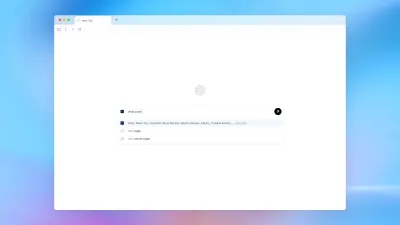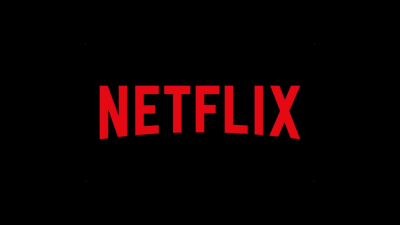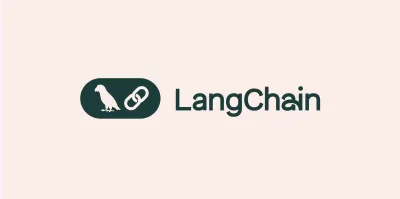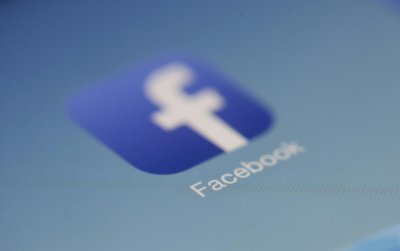One-Click "Brainrot" Videos: Former Googlers' AI Startup OpenArt Disrupts Video Creation
By: @devadigax

OpenArt, an AI startup founded by former Google employees, is making waves in the video creation industry with its groundbreaking new tool: a one-click video generator capable of producing what the company playfully calls "brainrot" videos. These aren't videos designed to damage cognitive function, but rather short, engaging, and often bizarre videos that leverage the unpredictable nature of AI image generation to create highly shareable content. The ease of creation and the inherently surprising nature of the output are quickly gaining traction among content creators and social media users alike.
The implications of this technology are significant. For years, video creation has been a time-consuming and resource-intensive process. Even with simpler tools, creating visually appealing and engaging content requires expertise in editing, filming, and often, specialized software. OpenArt's one-click system completely bypasses these hurdles, democratizing video creation in a way never before seen. Anyone, regardless of technical skill, can now generate short-form video content in seconds.
The "brainrot" label, while whimsical, accurately reflects the unpredictable nature of the AI's output. The system uses advanced generative AI models, likely drawing upon advancements in diffusion models and transformers, to combine seemingly unrelated images, textures, and stylistic elements into a short video loop. The results are often surreal, humorous, and strangely captivating – hence the "brainrot" moniker, suggesting a captivating yet slightly disorienting viewing experience.
While the specifics of OpenArt's underlying algorithms remain undisclosed, the technology likely leverages a vast dataset of images and videos, trained on a massive scale. This allows the AI to understand and generate various visual styles, from realistic to abstract, and to seamlessly blend them in unexpected ways. The one-click functionality suggests a sophisticated back-end system that handles all aspects of video generation, including aspect ratio selection, transitions, and even rudimentary audio accompaniment, all without requiring user input beyond the initial click.
The potential applications of this technology are vast. Beyond social media content creation, OpenArt’s system could revolutionize fields like advertising, education, and even entertainment. Imagine instantly generating captivating video ads or creating engaging educational content without the need for extensive video production teams. Furthermore, the system's accessibility could empower smaller businesses and individuals to compete more effectively in the increasingly video-centric digital landscape.
However, the rapid advancement of AI video generation also presents challenges. Concerns around copyright infringement and the potential for misuse are paramount. The ability to create highly realistic and potentially misleading videos raises ethical considerations that need careful consideration. OpenArt will likely need to implement robust safeguards to prevent the creation and dissemination of harmful content, such as deepfakes or videos that spread misinformation.
The company's success will hinge on navigating these ethical concerns while capitalizing on the immense potential of its technology. Transparency about the AI's limitations and the potential for unintended biases in the generated content will be crucial. Furthermore, the company will need to clearly define the terms of use and copyright ownership related to the videos generated by its platform, addressing potential legal issues that might arise from unauthorized use of copyrighted material.
OpenArt's one-click "brainrot" video generator represents a significant step forward in AI-driven video creation. Its ease of use and ability to generate engaging, often unexpected, content democratizes video production in a significant way. However, the responsible development and deployment of this technology will be vital to ensuring that it serves as a tool for creativity and innovation rather than a source of harm or misuse. The coming years will be critical in determining how OpenArt and similar technologies reshape the future of video creation and content consumption. The potential is undeniable, and the challenges are substantial, making OpenArt a compelling case study in the transformative power – and the ethical responsibilities – of modern AI.
The implications of this technology are significant. For years, video creation has been a time-consuming and resource-intensive process. Even with simpler tools, creating visually appealing and engaging content requires expertise in editing, filming, and often, specialized software. OpenArt's one-click system completely bypasses these hurdles, democratizing video creation in a way never before seen. Anyone, regardless of technical skill, can now generate short-form video content in seconds.
The "brainrot" label, while whimsical, accurately reflects the unpredictable nature of the AI's output. The system uses advanced generative AI models, likely drawing upon advancements in diffusion models and transformers, to combine seemingly unrelated images, textures, and stylistic elements into a short video loop. The results are often surreal, humorous, and strangely captivating – hence the "brainrot" moniker, suggesting a captivating yet slightly disorienting viewing experience.
While the specifics of OpenArt's underlying algorithms remain undisclosed, the technology likely leverages a vast dataset of images and videos, trained on a massive scale. This allows the AI to understand and generate various visual styles, from realistic to abstract, and to seamlessly blend them in unexpected ways. The one-click functionality suggests a sophisticated back-end system that handles all aspects of video generation, including aspect ratio selection, transitions, and even rudimentary audio accompaniment, all without requiring user input beyond the initial click.
The potential applications of this technology are vast. Beyond social media content creation, OpenArt’s system could revolutionize fields like advertising, education, and even entertainment. Imagine instantly generating captivating video ads or creating engaging educational content without the need for extensive video production teams. Furthermore, the system's accessibility could empower smaller businesses and individuals to compete more effectively in the increasingly video-centric digital landscape.
However, the rapid advancement of AI video generation also presents challenges. Concerns around copyright infringement and the potential for misuse are paramount. The ability to create highly realistic and potentially misleading videos raises ethical considerations that need careful consideration. OpenArt will likely need to implement robust safeguards to prevent the creation and dissemination of harmful content, such as deepfakes or videos that spread misinformation.
The company's success will hinge on navigating these ethical concerns while capitalizing on the immense potential of its technology. Transparency about the AI's limitations and the potential for unintended biases in the generated content will be crucial. Furthermore, the company will need to clearly define the terms of use and copyright ownership related to the videos generated by its platform, addressing potential legal issues that might arise from unauthorized use of copyrighted material.
OpenArt's one-click "brainrot" video generator represents a significant step forward in AI-driven video creation. Its ease of use and ability to generate engaging, often unexpected, content democratizes video production in a significant way. However, the responsible development and deployment of this technology will be vital to ensuring that it serves as a tool for creativity and innovation rather than a source of harm or misuse. The coming years will be critical in determining how OpenArt and similar technologies reshape the future of video creation and content consumption. The potential is undeniable, and the challenges are substantial, making OpenArt a compelling case study in the transformative power – and the ethical responsibilities – of modern AI.
Comments
Related News

OpenAI Unveils ChatGPT Atlas: Your Browser Just Became Your Smartest AI Assistant
In a move poised to fundamentally reshape how we interact with the internet, OpenAI has officially launched ChatGPT Atlas, a gr...
@devadigax | 22 Oct 2025
In a move poised to fundamentally reshape how we interact with the internet, OpenAI has officially launched ChatGPT Atlas, a gr...
@devadigax | 22 Oct 2025

Netflix Doubles Down on Generative AI, Challenging Hollywood's Divide Over Creative Futures
In a move that underscores a growing chasm within the entertainment industry, streaming giant Netflix is reportedly going "all ...
@devadigax | 21 Oct 2025
In a move that underscores a growing chasm within the entertainment industry, streaming giant Netflix is reportedly going "all ...
@devadigax | 21 Oct 2025

AI Agent Pioneer LangChain Achieves Unicorn Status with $1.25 Billion Valuation
LangChain, the innovative open-source framework at the forefront of building AI agents, has officially joined the exclusive clu...
@devadigax | 21 Oct 2025
LangChain, the innovative open-source framework at the forefront of building AI agents, has officially joined the exclusive clu...
@devadigax | 21 Oct 2025

Meta Boots ChatGPT From WhatsApp: A Strategic Play for AI Dominance and Walled Gardens
In a significant move that reshapes the landscape of AI chatbot accessibility, OpenAI has officially confirmed that its popular...
@devadigax | 21 Oct 2025
In a significant move that reshapes the landscape of AI chatbot accessibility, OpenAI has officially confirmed that its popular...
@devadigax | 21 Oct 2025

Meta's New AI Peeks Into Your Camera Roll: The 'Shareworthy' Feature Raises Privacy Eyebrows
Meta, the parent company of Facebook, has rolled out a new, somewhat controversial artificial intelligence feature to its users...
@devadigax | 18 Oct 2025
Meta, the parent company of Facebook, has rolled out a new, somewhat controversial artificial intelligence feature to its users...
@devadigax | 18 Oct 2025
 AI Tool Buzz
AI Tool Buzz